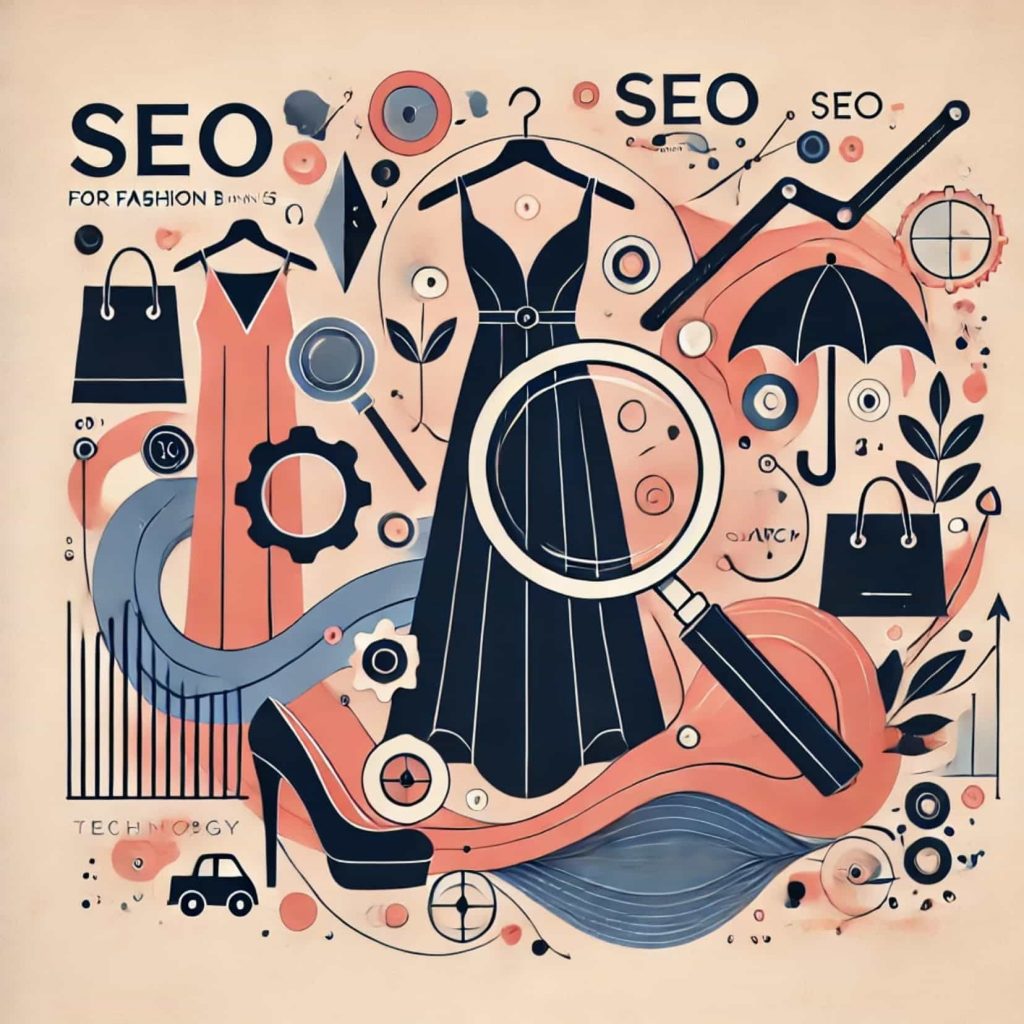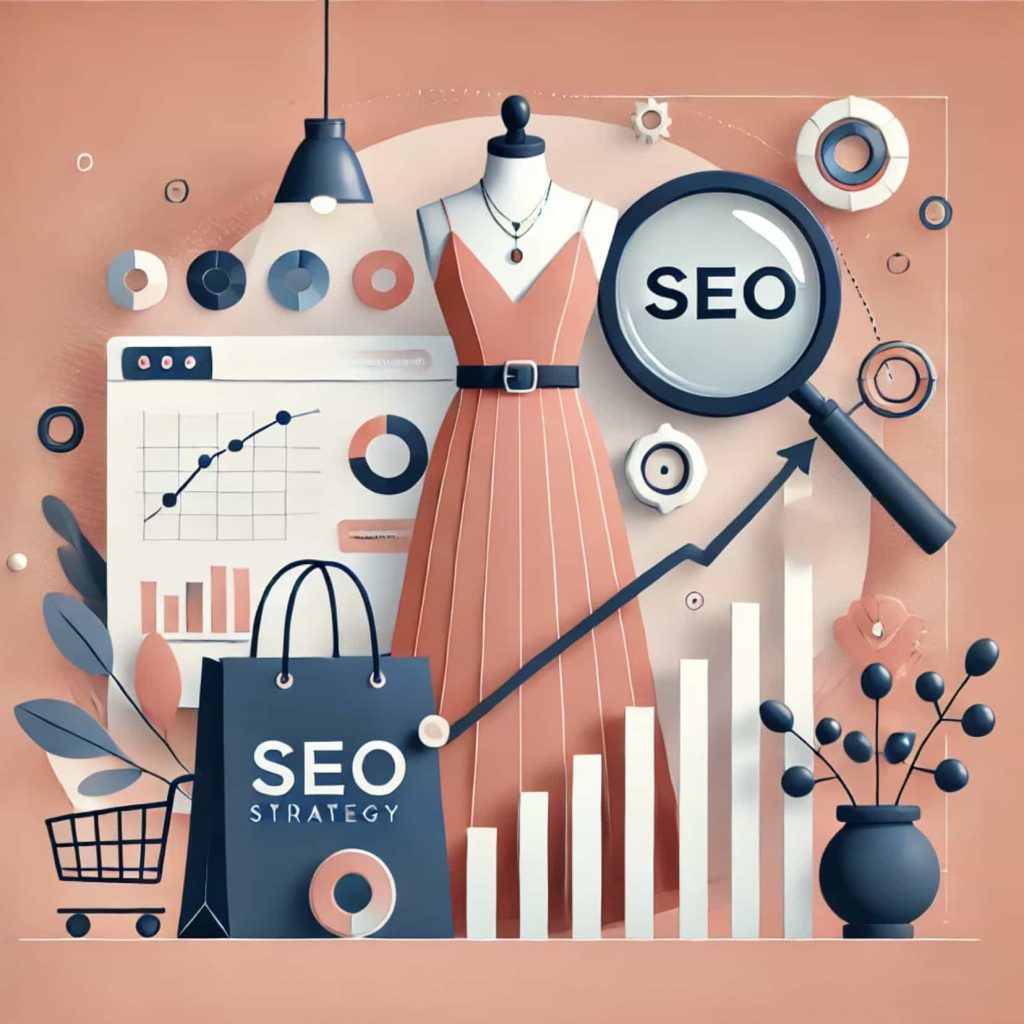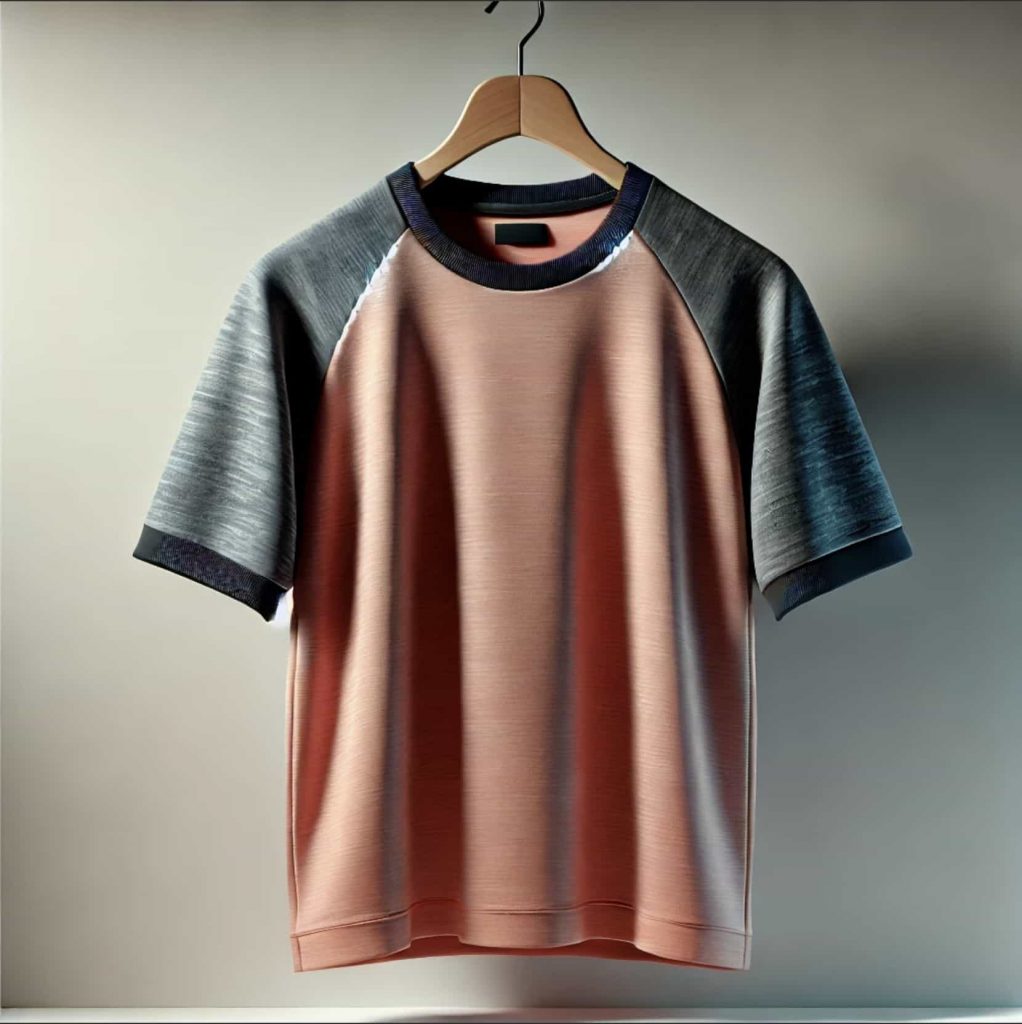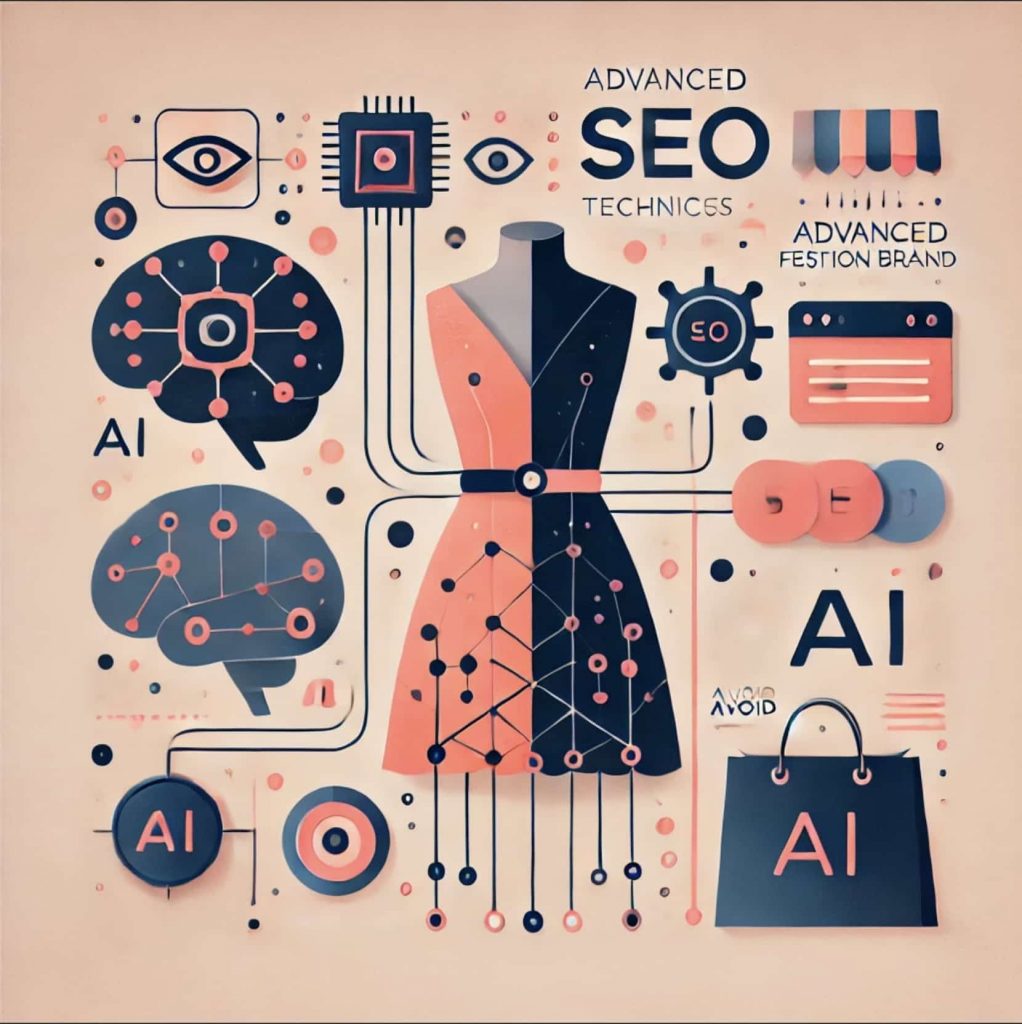Running a clothing brand can be exhilarating—until you realize that a million other brands are out there, clawing for top spots on Google. Then things get… complicated. Where do you even begin with SEO? And how do you do it without feeling like you’re losing your soul in a sea of algorithms?
Relax. I’ve got you covered.
This guide is all about SEO for clothing brands, but we’re going to keep it casual, fun, and—most importantly—useful. As someone who’s been doing this SEO thing for 10 years, I’ve seen what works and what doesn’t. My new obsession with AI will also lend you a helping hand in what sometimes is a small, lean operation.
I’ve been leveraging AI in my business as well as helping others with AI business automation. Something that you will find very useful as well.
Key Takeaways (a.k.a. the TL;DR)
- Attract the right customers with detailed keywords
Don’t just say “dress.” Say “boho summer maxi dress” or “vintage-inspired cocktail dress”—whatever best describes that specific piece you’re selling. You want the folks who are actively searching for exactly what you offer. - Create a seamless shopping experience
High-quality images, killer product descriptions, and a site that looks great (and loads fast) on mobile. Because if your user experience is clunky, people will bounce faster than a tennis ball at Wimbledon. - Use advanced SEO techniques to stay competitive
Voice search, visual search, maybe even AI-driven personalization—these aren’t just buzzwords. They’re your ticket to not getting left behind when the fashion tide turns.
Sound good so far? Let’s dig deeper.
What Is SEO for Clothing Brands?
What Is SEO and Why Does It Matter in Fashion?
If you’re wondering whether SEO is still relevant in 2025, the answer is a resounding “F*CK Yes! SEO (Search Engine Optimization) is basically your brand’s ticket to being found online. Instead of paying big bucks for constant ads, you optimize your site so that when people type “vintage fall denim jacket” into Google, you have a shot at showing up at the top.
Fun fact: SEO brings in 1,000% more traffic to your site than organic social media (on avegarge)
Why is this huge in fashion? Because the industry moves at lightning speed. One day everyone wants neon high-tops, and the next they’re all about minimalist slip-ons. SEO lets you pivot quickly, stay visible, and capture shoppers who are actively searching for the styles you carry. When you nail SEO, you’re not just fishing in a big pond—you’re fishing where the fish actually bite.
Challenges Clothing Brands Face in Search
Let’s be honest: fashion is one of the most saturated industries on the planet. Trends change in a heartbeat, and your inventory might change just as fast. Plus, you have big-box retailers, fast fashion giants, and smaller indie brands all vying for the same digital spotlight.
So how do you stand out? Relevance. Your content needs to address exactly what your audience is searching for. That means hyper-specific keywords, on-point product descriptions, and a site that doesn’t make visitors want to pull their hair out. Oh, and watch out for algorithm changes—Google loves to shake things up. If you’re not keeping track, you could slip down the ranks without even realizing it.
Build an Effective SEO Strategy for Fashion
Research Keywords for Fashion Brands
Keywords are your secret sauce. Don’t just go for “dress” or “shirt.” Think about the style, the cut, the material, the vibe. Is it a “plus-size boho maxi dress” or a “casual men’s linen button-down”? This level of detail helps you attract people who know exactly what they want.
Also, keep an eye out for seasonal shifts. Fall might mean “oversized sweater,” while summer could mean “lightweight linen romper.” Tools like SEMrush or even Google Trends can help you figure out what’s hot, what’s niche, and how to strike the perfect balance.
Optimize Product Listings
Fashion is visual. If your product photos look like they were taken in a dimly-lit basement, people will swipe left, so to speak. Pair those gorgeous images with detailed, benefit-oriented descriptions. Why is this piece unique? What can it do for the buyer’s style or comfort? Squeeze in relevant keywords naturally, but don’t go overboard. And yes, add alt text to your images. A little behind-the-scenes detail can go a long way in boosting your SEO (and accessibility).
Consider Technical SEO for E-commerce
Tech SEO is the unsung hero. It’s all about site speed, mobile responsiveness, and a smooth checkout process. Google—and your customers—hate slow, clunky sites. A few extra seconds of load time can send potential buyers running to your competitor.
Make sure everything’s optimized: from your website’s code to how your pages are structured. If your navigation is confusing, or your site takes ages to load on a phone, you’re missing out.
Use Content Marketing in the Fashion Industry
Sure, you can post product pages all day, but if you’re not telling a story or offering advice, you’re missing the bigger picture. Blog posts on “5 Ways to Style a Denim Jacket,” lookbooks showing off new collections, or even short videos on how to care for different fabrics—these all boost engagement.
Remember, you want to be more than just a storefront. You want to be a fashion authority. Consistent, high-quality content positions you as a go-to brand in your niche.
Leverage Schema for Rich Snippets
Schema markup basically translates your page info into a language search engines understand. It can display prices, reviews, and stock info right in the search results, which can skyrocket your click-through rates. It’s a small tweak that often yields big rewards.
Optimize Images for Fashion E-commerce
Images are your lifeblood in fashion. Rename your files with descriptive terms—“polka-dot-midi-skirt.jpg” beats “IMG_3429.jpg” any day. Use alt text like, “Model wearing a polka-dot midi skirt.” This helps Google get the gist, and might snag you some image search traffic to boot.
Encourage and Optimize User Reviews
User reviews = fresh content and social proof. Shoppers trust shoppers, so if you can get them to leave detailed reviews—especially with keywords like “perfect fit for a wedding”—it’s like free SEO gold. Offer gentle nudges or incentives to review, but keep it authentic.
Create Content Marketing Strategies for Fashion SEO
Create Valuable Style Guides and Lookbooks
Think about the questions your audience has, like “How do I style this sequin top?” or “What’s the perfect outfit for a beach wedding?” Answer them in a style guide or lookbook. Add gorgeous photography, maybe some quick tips, and voila. Instant engagement.
Leverage Visual Content
Fashion is all about the visuals. High-quality images and videos showcasing your garments in real-life scenarios can grab attention. Show the texture, the cut, the way it moves. If you can, offer behind-the-scenes glimpses—people love seeing the work that goes into each piece.
Develop a Consistent Brand Voice
Your brand voice is like your brand’s personality. Are you cheeky and fun, or luxe and sophisticated? Maintain that vibe across all your content—from blog posts to social media captions—so customers feel a coherent experience.
Build a Strong Backlink Profile in Fashion
Collaborate with Fashion Bloggers and Influencers
One of the fastest ways to get quality backlinks is to partner with the people who already have the audience you want. Offer them freebies, do sponsored content, or collaborate on style guides. Just make sure it’s a genuine fit. A mismatch in aesthetics can look awkward.
Use Social Media for Link Building
While social shares don’t count as backlinks per se, they can drive traffic, which can lead to more links down the line. Run contests, do giveaways, and encourage user-generated content (like selfies in your clothes). Buzz generates interest, interest leads to mentions, and mentions can lead to links.
Participate in Fashion Events
Fashion shows, trade shows, or even local pop-ups. They’re great networking opportunities and often come with press coverage. That coverage can come with juicy backlinks—either from the event’s official site or media outlets talking about the show.
Optimize for Mobile Fashion Shoppers
Use Responsive Design
We’re living in a mobile-first world. If your site looks janky on an iPhone or Android, you’re toast. Responsive design ensures your layout adapts to any screen size. Customers get a smooth experience whether they’re browsing on a laptop or a phone.
Measure and Analyze SEO Success
Find Key Performance Indicators for Fashion SEO
What does success look like to you? More organic traffic, higher conversions, lower bounce rates? All are valid. Track them. If you’re aiming to sell more floral dresses, keep an eye on how many folks actually buy them after landing on your site from Google.
Use Tools to Track SEO Progress
Google Search Console, Google Analytics, SEMrush, you name it. They’re your digital eyes and ears. Don’t just collect the data—act on it. If you see certain pieces of content underperforming, tweak them. If your bounce rate spikes, figure out why.
Interpret Data to Refine Your Strategy
Numbers without action are just numbers. Spot patterns, test new ideas, and iterate. Maybe one style guide went viral while another flopped. Ask why. Learn from it, and keep evolving. That’s the magic of SEO—it’s never really done, and there’s always room to grow.
Use Advanced SEO Techniques for Fashion Brands
Optimize for Voice Search
These days, people say “Hey Siri, where can I find plus-size formal dresses?” instead of typing. That’s voice search in action. Make sure your content is structured in a conversational Q&A style to catch those queries.
Optimize for Visual Search
Visual search tools like Google Lens are picking up steam. If your images are well-labeled and you use the right metadata, you can catch people who snap a pic of a look they love and want to find something similar.
Leverage AI in Fashion SEO
I’m very big on AI. When it comes to any forms of marketing, AI can be very helpful. From brainstorming to planning, strategy, social media post; the list goes on. I’ve even put together a guide on the 20 best AI digital marketing tools. This will help you out tremendously.
AI has also thrown a bit of a wrench into things. It’s great for generating content fast, but it’s also no great for SEO. A bit of a pickle. Search tools like SearchGPT will also have an impact on SEO efforts. But nothing you can’t get around with the proper strategy.
Frequently Asked Questions
1. How can I improve my clothing brand’s visibility on Google without spending a fortune on ads?
Focus on SEO. Keyword research, on-page optimization, user-friendly site design—these cost time but not always big bucks. Plus, organic traffic tends to have better conversion rates than random ad clicks.
2. What are some common SEO mistakes fashion brands make?
Ignoring long-tail keywords, skimping on product descriptions, neglecting mobile performance, and forgetting about visuals. Also, failing to adapt to new search trends like voice or visual search can hurt big time.
3. How do I choose the right keywords for my fashion products?
Ask yourself how customers would describe or search for your stuff. Use tools like Google Ads Keyword Planner. Keep an eye on seasonal or trend-based variations, too—like “winter coat” vs. “lightweight spring jacket.”
4. What’s the most important thing I can do to improve my product pages for SEO?
Nail those product descriptions. Don’t just say “blue dress.” Talk about the style, fit, fabric, and occasion. Add alt text for images, incorporate schema markup, and encourage user reviews for extra SEO juice.
5. How can I keep up with the constantly changing world of SEO?
Stay curious, read reputable blogs, test new tactics, and adapt. SEO isn’t a one-and-done task. It’s an ongoing process. If you’re strapped for time or expertise, consider partnering with an agency that specializes in fashion SEO.
When all’s said and done, SEO is your runway—it showcases your brand to the right audience at the right time. Yes, it requires effort, iteration, and a willingness to adapt, but the payoff is huge. So go on, give your clothing brand the spotlight it deserves in the search results. The online stage is waiting, and trust me, the world’s ready to see what you’ve got.





